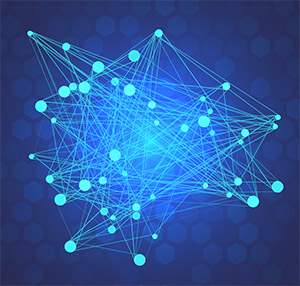FitAssess
The Deductive Health Solutions FitAssess Dynamic Musculoskeletal Movement Assessment System is a SaaS, cloud-based software application that utilizes advanced AI, Deep-Learning, Neural Networking algorithms to accurately uncover muscular compensations and movement restrictions in the body that hinder muscular function and physical activity performance. The System has increased the muscular functionality and performance capabilities inver a thousand cases with professional, collegiate and amateur athletes as well as sport and fitness enthusiasts.
FitAssess is a web-based APP and operates on computers and tablets. Although it can be administered on a phone, it is recommended to be used with devices that have a larger user interface.
FitAssess can be administered by a personal or physical trainer, sports clinician, or chiropractor. It can be learned in a short amount of time and requires no additional devices or exercise equipment. The FitAssess Assessment requires about twenty minutes to complete and the results are quickly available by email or pdf.
The resulting FitAssess Dynamic Muscular Movement Analysis Report includes detailed specifics about impacted muscular restrictions and compensations that prevent high level physical activity and performance along with a visual Neuro-Mapping of potential spinal anomalies and stresses. It provides a detailed analysis of each Range-of-Motion and the muscles involved to allow a trainer to schedule stretch-band exercises to correct the impacted muscular structure.
TECHNOLOGY
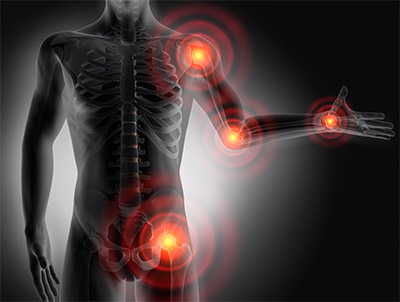
FitAssess is based on the concept that the body strives for equilibrium and balance - so that when one part of the body is constrained or restricted, the body compensates by adding more activity and stress to another part.
Muscular Compensation, then, is an innovative way that the body adapts to a unstable musculoskeletal movement pattern. This compensation is part of an effort by the body to help reduce potential injuries until the root cause of the real movement impact is addressed.
FitAssess uncovers these muscular compensations and accurately reports the true causes of muscular restrictions in the body. The proprietary AI, Deep-Learning algorithms continously analyze and recalculates muscular movements to identify areas of muscular constraints and compensation.
FitAssess
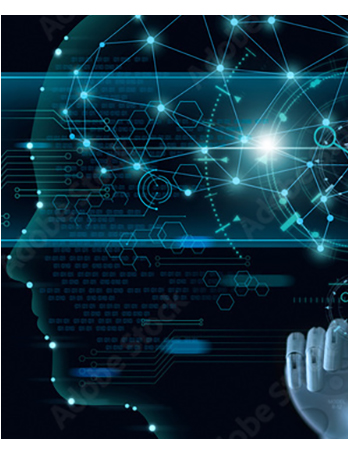
FitAssess utilizes sophisticated, "state-of-the-art" musculoskeletal algorithms which interact with a cloud-based, complex anatomical deep-learning, neural network engine database. They continuously analyze the results of "Range-of-Motion" examinations to show musculoskeletal restricted areas.
The deep learning algorithms dynamically run, in real-time, through various layers of a proprietary muscular neural network, which is designed to continuously analyze all muscles and muscle groups which fail or are restricted. As each test is completed, the algorithms accurately predict potential musculoskeletal restrictions and record the results in an Output Queue.
The algorithms methodically search and cross reference:
All Musculoskeletal Movements in the Body
All Musculuar Restrictions identified by the Range-of-Motion Tests
All Joint Constaints Contributing to the Identified Compensations
All current and/or Potential Spinal Abnormalities
RANGE OF MOTION TESTS
FitAssess consists of 44 proprietary, individual "Range-of-Motion" tests developed to accurately measure the total scope of all muscular structures and compensations and restrictions in the body. With each successive test the System analyzes and recalculates all possible muscle and muscle group movements and their interactions across 700 possible affiliations.
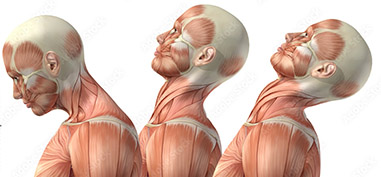
Open and Closed Kinetic Chains
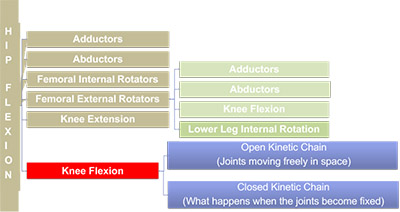
FitAssess also analyzes both Open and Closed Kentic Chains to track possible muscle movement restrictions and compensations throughout the body.
A “Kinetic Chain” refers to the idea that the body is a system of interrelated segments that work together to produce everyday actions such as walking, running, jumping, and lifting.
In Closed chain movements, the end of the chain - the limb or limbs doing the movement - is fixed in place on the ground. For example, the squat, deadlift, pushup, and pull-up, in which your hands or feet remain stationary.
In Open chain movements the ends of the chain are not stationary. For example, the bench press, biceps curl, triceps extension, lateral raise)
AI, Deep-Learning, Neural Network Processing
FitAssess utilizes the most advanced AI, Deep-Learning Neural Network algorithms to analyze and predict muscular restrictions and constraints throughout the body.
The FitAssess AI, Deep-Learning Neural Network is comprised of a variety of node layers, containing an input layer, one or more hidden process layers, and an output layer. Each node within the network or "artificial neuron" represents an individual muscle or muscle group and connects to other nodes throughout the network. A single Range-of-Motion test might connect to a variety of other nodes modifying their results and their associated data weights and layer thresholds.
